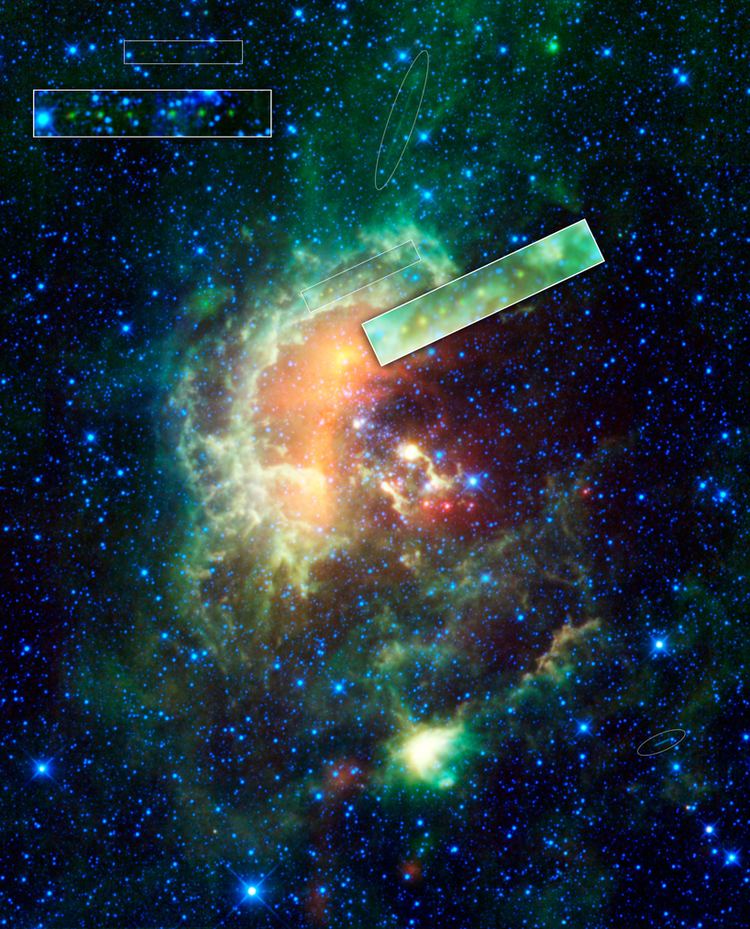Discovered by K. Reinmuth MPC designation 1719 Jens Discovered 17 February 1950 Orbits Sun Asteroid group Asteroid belt | Discovery date 17 February 1950 Minor planet category main-belt · (middle) Absolute magnitude 11.3 Discoverer Karl Wilhelm Reinmuth | |
 | ||
Named after Jens (discoverer's grandson) Alternative names 1950 DP · 1939 PP1939 TD · 1941 BB1948 RQ · 1948 RS11948 TS1 · 1961 TZ1A922 SC Discovery site Landessternwarte Heidelberg-Königstuhl Similar Sun, Solar System, Asteroid belt, 1862 Apollo, 1419 Danzig | ||
1719 Jens, provisional designation 1950 DP, is an asteroid from the middle region of the asteroid belt, approximately 19 kilometers in diameter. It was discovered on 17 February 1950, by German astronomer Karl Reinmuth at Heidelberg Observatory in southern Germany.
It orbits the Sun at a distance of 2.1–3.2 AU once every 4 years and 4 months (1,581 days). Its orbit has an eccentricity of 0.22 and an inclination of 14° with respect to the ecliptic. First identified as A922 SC at Simeiz Observatory in 1922, Jens's first used observation was taken at Turku in 1948, extending the body's observation arc by 2 years prior to its official discovery observation.
In 2010, Jens was passing in front of the Tadpole Nebula (see image obtained by WISE).
In September 2000, American astronomer Brian D. Warner obtained two rotational light-curves, giving a rotation period of 5.867 and 5.87 hours with a brightness variation of 0.50 and 0.55 magnitude, respectively (U=3/3). In February 2006, photometric observations by French amateur astronomer Laurent Bernasconi gave a concurring period of 5.873 hours with an amplitude of 0.55 magnitude (U=3). This well-defined period was further confirmed by a modeled light-curve using data from the Lowell Photometric Database, giving a period of 5.87016 hours (U=n.a.).
It is classified as S- and C-type asteroid by the LCDB and Pan-STARRS, respectively. According to the surveys carried out by the Infrared Astronomical Satellite IRAS and NASA's Wide-field Infrared Survey Explorer with its subsequent NEOWISE mission, Jens measures between 18.93 and 21.61 kilometers in diameter and its surface has an albedo between 0.085 and 0.149. The Collaborative Asteroid Lightcurve Link derives an albedo of 0.1048 and calculates a diameter of 18.76 kilometers based on an absolute magnitude of 11.7.
This minor planet was named by the discoverer for his grandson. Karl Reinmuth also named the consecutively numbered asteroid, 1720 Niels, after one of his grandsons. Naming citation was published before November 1977 (M.P.C. 3933).
